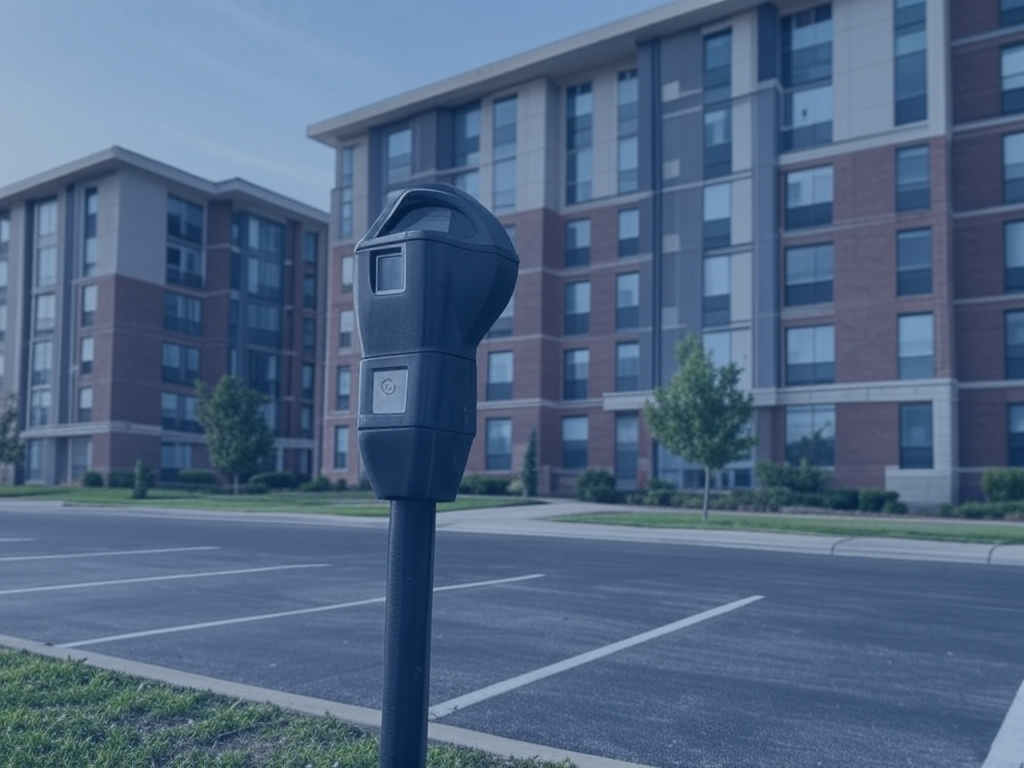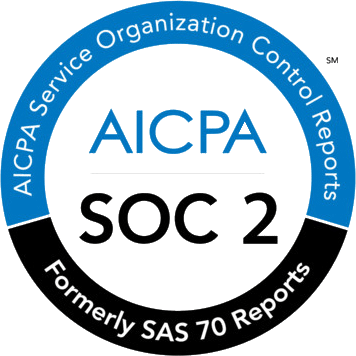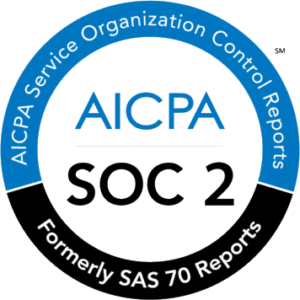Wondering how to support employees returning to the office? You need to prepare the physical workplace to adhere to your local government’s coronavirus guidelines, social distancing and heightened safety restrictions. And then there’s the delicate situation of addressing your employees’ anxiety about returning to the physical workplace.
In short, managing the smooth transition from 100% remote work to going back to the workspace is challenging.
In a March 2021 survey, one in every four employees in the UK stated that they will resign from their job, if they were forced to ‘return’ to the office. As of survey date, only one in three UK employees have returned to the workplace physically, compared to 59% in the rest of Europe.
These employees are not just being difficult- emotional and mental health issues have increased significantly, with 33% of people in the US and 26% in the UK who reported experiencing stress, anxiety and great sadness since the start of the COVID-19 pandemic in 2020.
What are the best ways to support employees returning to the office?
Table of Contents
ToggleTransparent and open communication
Before making the back-to-work announcement to all the employees, set a meeting with the department heads to map out your plan. Since they are the ones directly handling employees, they can provide relevant feedback and suggestions on how to best support people during this transition.
Ensure that company leaders know how to properly communicate the change to the employees and make sure that this is consistent across all groups. Be ready with all details and clear guidelines before you make the announcement, as you need to be able to clearly answer all queries and clarifications that will ensue.
The back-to-work memo should be signed by the CEO or another top company executive, and ideally contain the following:
- Reason why the company will be transitioning back to working at the office. Be as honest as possible. Is the company’s performance struggling? Consider sharing it.
- Assurance that the company will be taking all precautions to ensure the safety of each and everyone in the office.
- Explain what the company will be doing, the safety protocols that will be in place. Be transparent about the process before, during and after the office’s reopening.
- Encourage employees to give their feedback, suggestions and concerns.
- This can also be a good opportunity to re-align employees with the company’s mission and values, so they can be reminded of their role and valuable contribution to the company.
Department heads should be very hands-on with their group during this transition process. Employees should feel supported, as they might be going through an emotional rollercoaster with the fear and anxiety of going back to the office.
If there are valid concerns that need to be addressed, these should be coursed through the proper parties. Keeping all lines of communication open ensures that this transition period will be as smooth as possible for everyone involved.
Kristy Lilley, a Mental Health Specialist at Chartered Accountants’ Wellbeing Charity CABA says, “The key to ensuring employee engagement as we move out of lockdown will be effective, compassionate conversations around employee concerns. While it may not always be possible or indeed helpful to agree to every employee’s demand for flexible working, an environment where people feel their concerns are heard and responded to appropriately is important to reaching a mutually helpful compromise”.
Enhance your employee benefits package with parking
Find out how Wayleadr can help you attract and retain top talent by offering parking benefits
Get a DemoCreate a safe working environment
Your re-opening workspace must be prepared with utmost safety in mind.
Observe the following guidelines from the Centers of Disease Control and Prevention (CDC) and more:
- Prior to re-opening, evaluate the office / building’s condition, including mechanical and life safety systems to check if any cleaning or repairs need to be made. Hazards associated with long periods of shutdown include: mold growth, rodents or pests, Legionnaire’s Disease etc.
- Conduct preventive maintenance for your building’s heating, ventilation, and air conditioning (HVAC) systems. Check how you can improve the ventilation in the work area, as SARS-CoV-2 viral particles spread more rapidly in enclosed indoor areas, compared to outdoors. Consider using natural air flow (open windows) or install a HEPA air filtration / purifying system.
- Assess your workplace for hazard risks. Establish guidelines for high-traffic and common areas so that physical distancing will not be compromised. Use visual reminders and signages to communicate safety practices to employees, and create one-way traffic flow for hallways and other applicable areas.
- Arrange the workstations so that there is at least 2 meters of distance between individuals. Regulations vary per country, state and city, and are updated frequently, so make sure that there is someone monitoring changes and compliance internally.
- Utilize available technology and automate as many processes as possible to centralize access and limit needed human interaction.
- Workplace softwares, can help you set your occupancy limit, create a map on where workstations will be located, develop a seating plan, and establish an automated desk booking / reservation system.
- Post signages on parking lots and other entrances, reminding employees of safety practices, such as wearing a mask, frequent hand washing and sanitizing, filling up the daily health checklist, etc. Stagger start and end time of shifts to avoid crowding at the parking lot, entrances and exits.
To ensure the smooth flow of traffic in the parking area, our favorite parking management software Wayleadr.com, is a smart tool that can manae your parking slots allocation, time of vehicle entry and exit, reservation and usage.
- Establish a strict cleaning and disinfecting schedule. High-touch surfaces and objects must be disinfected every two hours or before and after each use, general cleaning must be done before and after every shift, and more intensive disinfection must be done weekly.
Provide employees with the tools they need
Supplying everything the employee needs to perform their job well and to feel extra safe during this period of transition can go a long way to making employees feel supported on their return to the workplace.
- Technology– while you are bringing back business operations to the workplace, face-to-face interactions must still be limited, whenever possible. In case you are adopting the hybrid work setup, the use of team productivity software (Asana, Trello, Google Workspace Tools), communication tools (Skype, WhatsApp, Viber) and virtual meeting enablers (Zoom, Google Meet, Microsoft Teams) can help bring the whole group together at any time.
Even pre-pandemic, the right technology investments can do wonders for a company’s productivity.
- Health and safety needs– if budget allows, provide monthly supply of face masks, alcohol / hand sanitizer, vitamins, medicine or even healthy grocery supplies to employees. A disinfecting kit must also be provided per group, so they can keep their workplace clean at any time.
- Commuting support– even before the pandemic, long and stressful commutes have been a common pain point among employees, particularly those who are dependent on public transport. In fact, 85% of people said that they will accept a pay cut, in exchange for shorter commute times.
With the ongoing COVID-19 pandemic, problems related to public commute have been magnified. A recent Uber for Business study revealed that 77% of respondents said that they will be avoiding public transportation for their daily commute.
Keeping employees safe should start not just at the physical workplace, but should also include how they will get to the office. So how can companies help ensure a safe commute for their employees?
- Parking support– a recent McKinsey report shows that 81% see travelling via a private vehicle as safe and therefore, the best commute option during the pandemic. With more employees expected to bring their vehicle to the workplace, do you have enough parking slots for them?
Wayleadr.com suggests implementing a flexible parking system, to maximize the use of your company’s parking spaces. It utilizes a relatively new approach to employee parking management, like hot-desking but for parking spaces.
Especially with the hybrid work setup, parking slots reserved for senior employees might be left empty 30% of the time. So why not allot these slots to other employees on these days?
This can be done manually via the use of spreadsheets and a point person monitoring the parking slots, but the best way to do it is via a specialized parking management software, such as Wayleadr.com.
- Incentivize walking or biking to work– walking or biking (bike, e-bikes, scooters, e-scooters) is a safe and healthy way of getting to the office. You can encourage employees to utilize these methods by incentivizing them with free parking*, free meals, and other rewards.
*With Wayleadr.com, you can allot specific slots for these light vehicles.
- Company shuttle service or carpooling– a minibus or mini-coach specifically for company employees’ use only, limits their exposure to the risks associated with public transportation. If your budget allows, this is a good option to consider.
Employees with private vehicles can also be encouraged to share a ride with their colleagues who live in the same area. Apart from being better for the environment, this helps keep their workmates and ultimately, everyone in the office, safer. They can be incentivized with priority parking, free gas, free car washes or car accessories.
Develop clear COVID-19 protocols
Your employees are probably asking- what happens when someone who reported to the office tests positive for COVID-19? What if I become a close contact? What if I’m the one who tests positive? What extra steps is the company undertaking to ensure our safety?
All of those questions and more can be answered by your company’s COVID-19 handbook. It should also provide clear guidelines and sanctions for those who fail to follow them.
What should be included in the handbook?
- Who can and cannot report to the office. Ideally, a daily health checklist must be accomplished by employees before reporting to the office. What to do in case you experience symptoms? Can you come to the office, in case someone from your household is ill?
- Protocols for someone who tests positive. Will the company be taking care of his medical expenses? Can employees avail of a paid sick leave? How long should he stay in quarantine? When can he return to the office? If symptoms are mild, will he be allowed to work remotely?
- Your company’s process for contract tracing and quarantine guidelines for those who are declared as close contacts.
- Who is the company point person or group assigned to monitor sick employees and close contacts? Provide their contact information.
- Safety practices that should be followed, with accompanying sanctions for disobedience.
The company’s COVID-19 handbook must be easily accessible in your company’s internal network or library. Make sure that protocols are compliant to your local government or city’s regulations, to avoid problems with employment groups.
Consider establishing a safety and health committee, preferably made up of employees from Administration / Facilities Management, HR, Legal and Operations. They will be the group in-charge of monitoring government policies, consistently evaluating your company’s COVID-19 guidelines and supporting all employees in matters related to health and safety.
Allow flexible work schedule and arrangements
Transitioning slowly from remote work to the physical return to the workplace is necessary to avoid chaos and soften the possible negative impact on morale. You also need to reduce the number of people on-site, so consider adopting a hybrid work scheduling setup which combines remote work and in-office work.
Establish general guidelines, like the minimum number of hours that a person should work in-office, the minimum and maximum number of people that should be present per shift, the departments who can and cannot work remotely; and then allow each group to discuss between themselves and present their optimal setup within designated policies.
Giving people the privilege to decide on their work hours and schedule boosts morale. This will also allow them time to make the needed adjustments around their family and household needs, so they can ease into the transition smoothly.
Implement an employee wellness program
These are initiatives within an organization to promote healthy lifestyles and practices for employees. There are many types of wellness programs and these can cover several aspects of a person’s life: physical, emotional, mental / psychological, financial, social, occupational / purpose.
A wellness program will help employees feel that their employer really cares for them as a whole person, not just at what they can contribute to the company.
Try different activities that are engaging, fun and exciting. Check out this list for 121 employee wellness program ideas and here are a few of the awesome ideas from the page:
- Wellness Wednesdays- one challenge per week!
- Recognition and rewards program- this can be done for a behavior that you want to encourage, such as biking or walking to the office (can link to commuting article).
- Shared laughter- there is actually a group called Laughter on Call who can host Zoom meetings aimed to make people laugh!
- Healthy cooking classes, creating a healthy office cookbook and healthy cooking contests.
- Biometric screenings and health assessments- to give everyone a roadmap for health.
- Virtual workout sessions.
- 21 Days of Gratefulness.
- Challenges- Mile-A-Day, 7 Hours of Sleep, 8 Glasses of Water, The Biggest Loser, etc.
- Attire themed days- this will encourage employees, whether working from home or in-person, to dress up and get excited to see what others are wearing.
- Clothing drive- because helping others is therapeutic!
- Monthly baskets- thematic packages such as a healthy fruit basket, farm-to-table products, art kit, exercise kit… there are so many possibilities to choose from.
Choose activities that can be done virtually, as face-to-face interactions should still be limited. The employee wellness program can also encompass professional growth training and workshops. Don’t let COVID-19 hinder you from helping your employees grow personally and professionally, as you have all the technological tools needed to do things virtually.
While employees are enjoying the time flexibility provided by working remotely, returning to the workplace benefits both them, as much as the employer. Technology helps us connect with people from anywhere in the world, but this cannot replace our need for real-life connection and social interaction.
The role of the employer is to make this transition period as smooth as possible and to ensure that employees’ safety and well-being are protected. With open communication, genuine concern for the people, and the right tools, you can turn this into a positive and meaningful experience for everyone.
Wayleadr.com can help you support your employees returning to the workplace by providing the parking and commuting solutions you need at the click of a button.
Join industry leaders from companies like Sanofi, Indeed.com & CBRE, schedule a demo with Wayleadr.com today and solve your parking problems.












